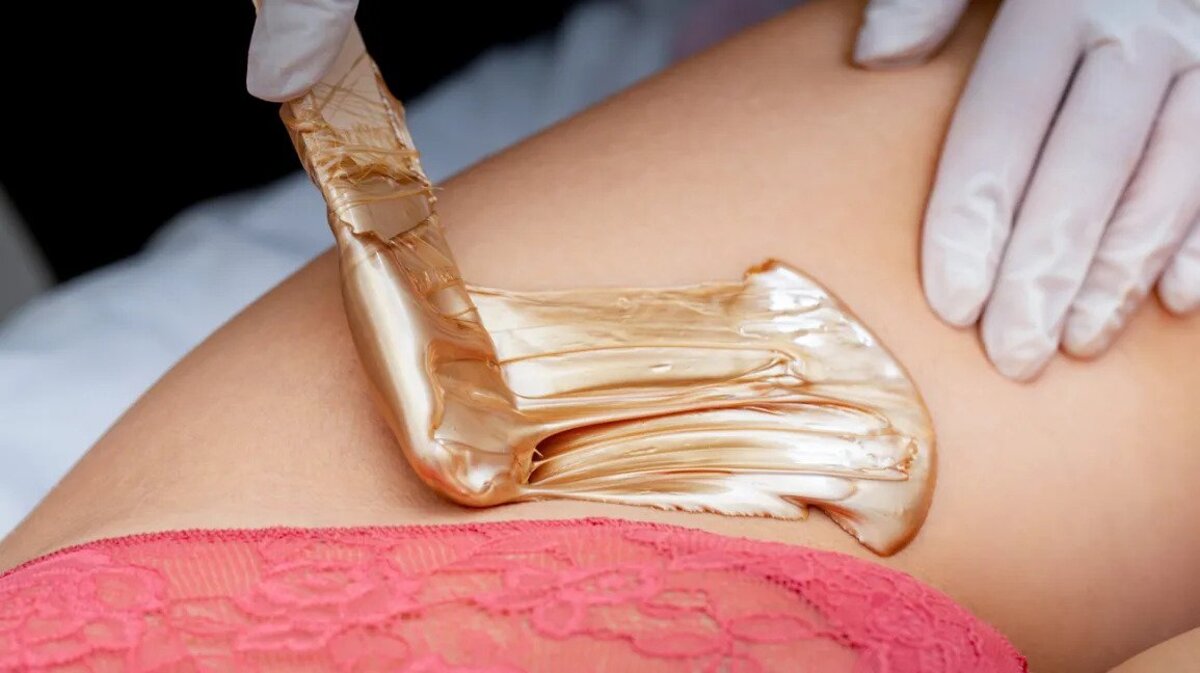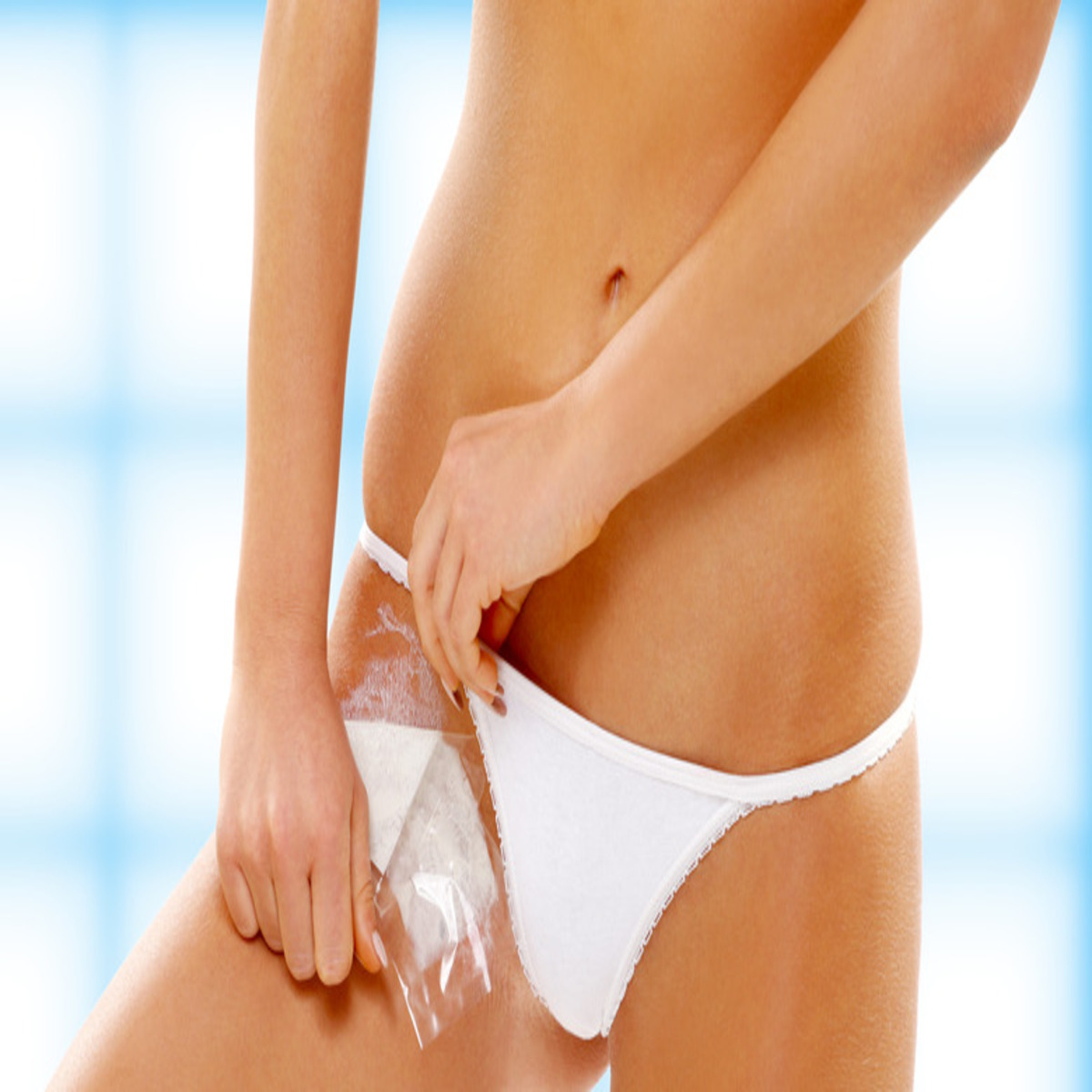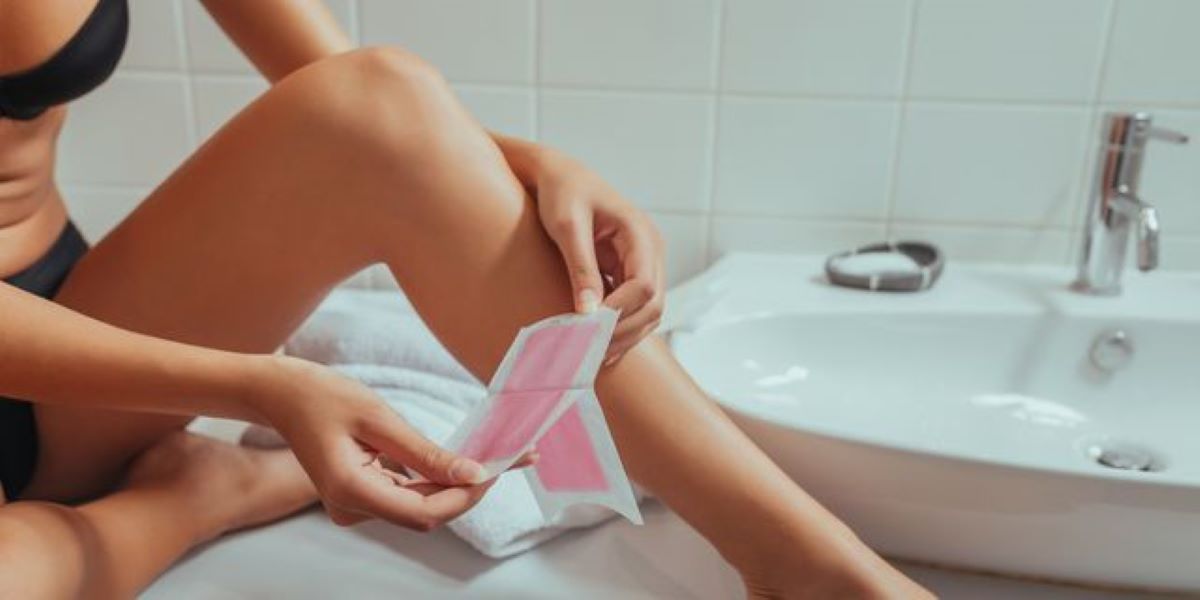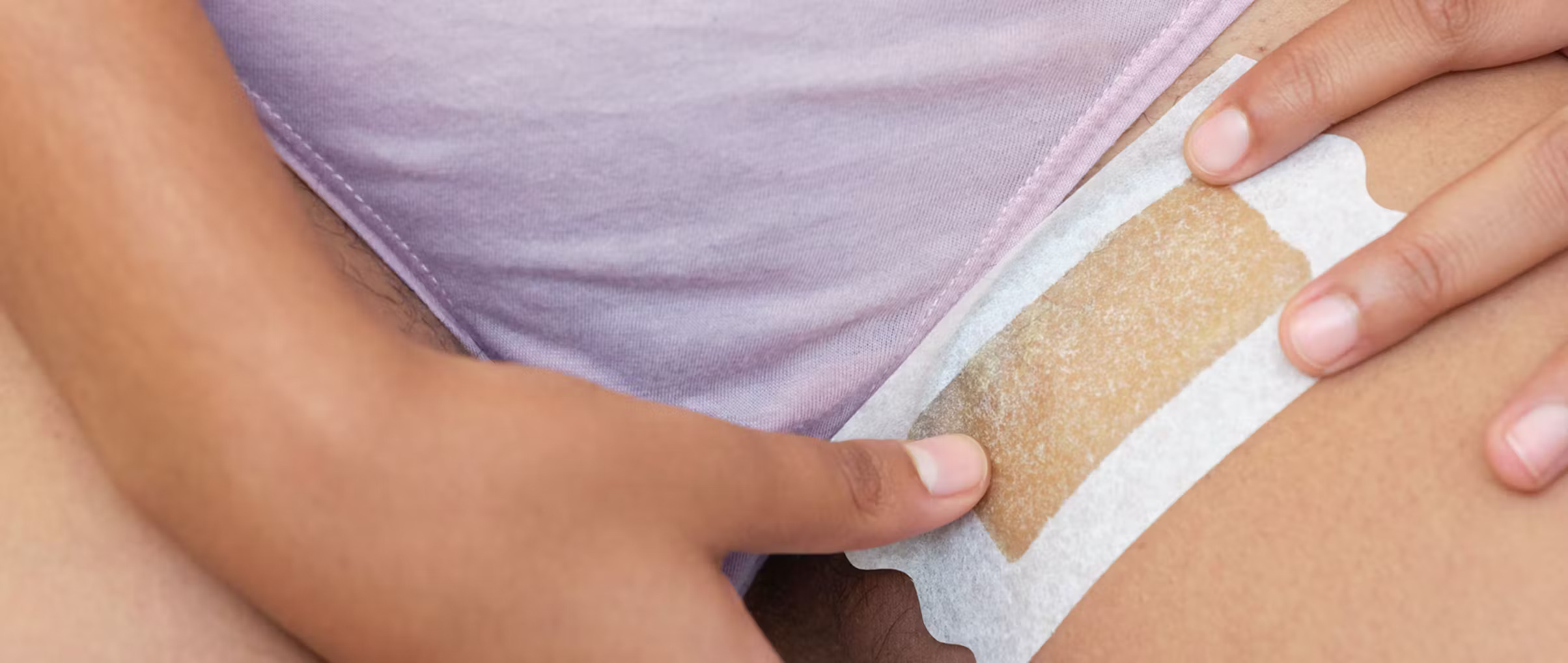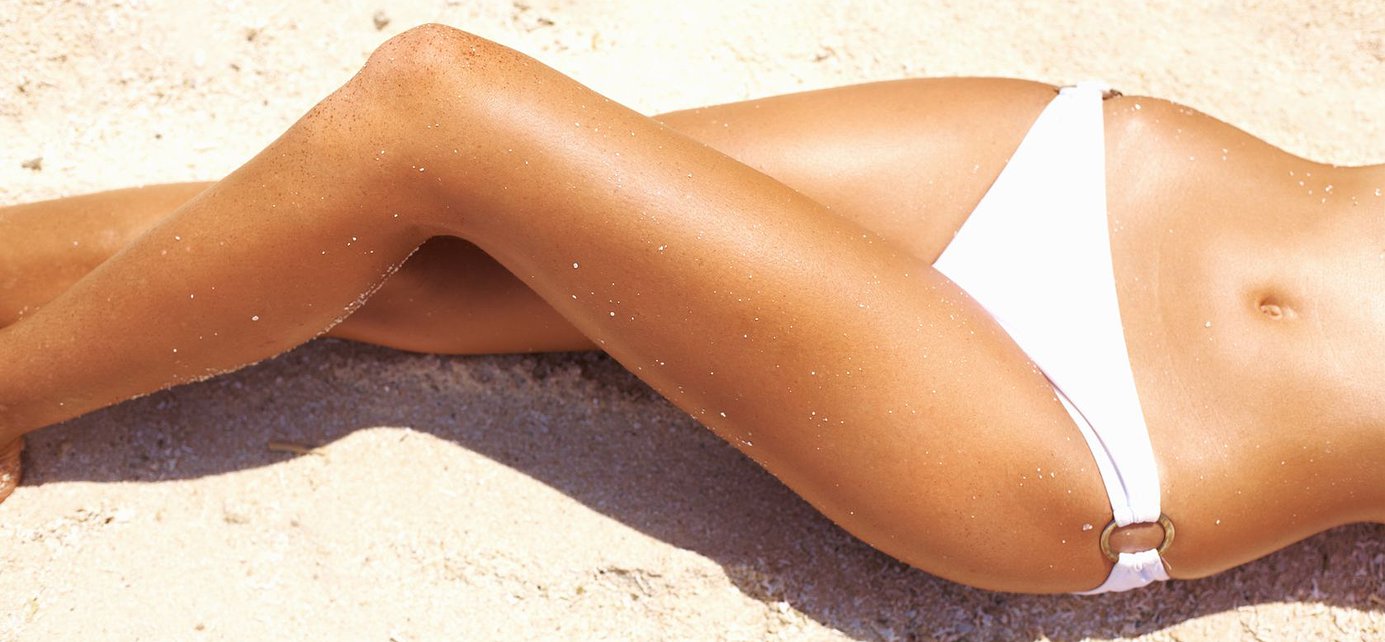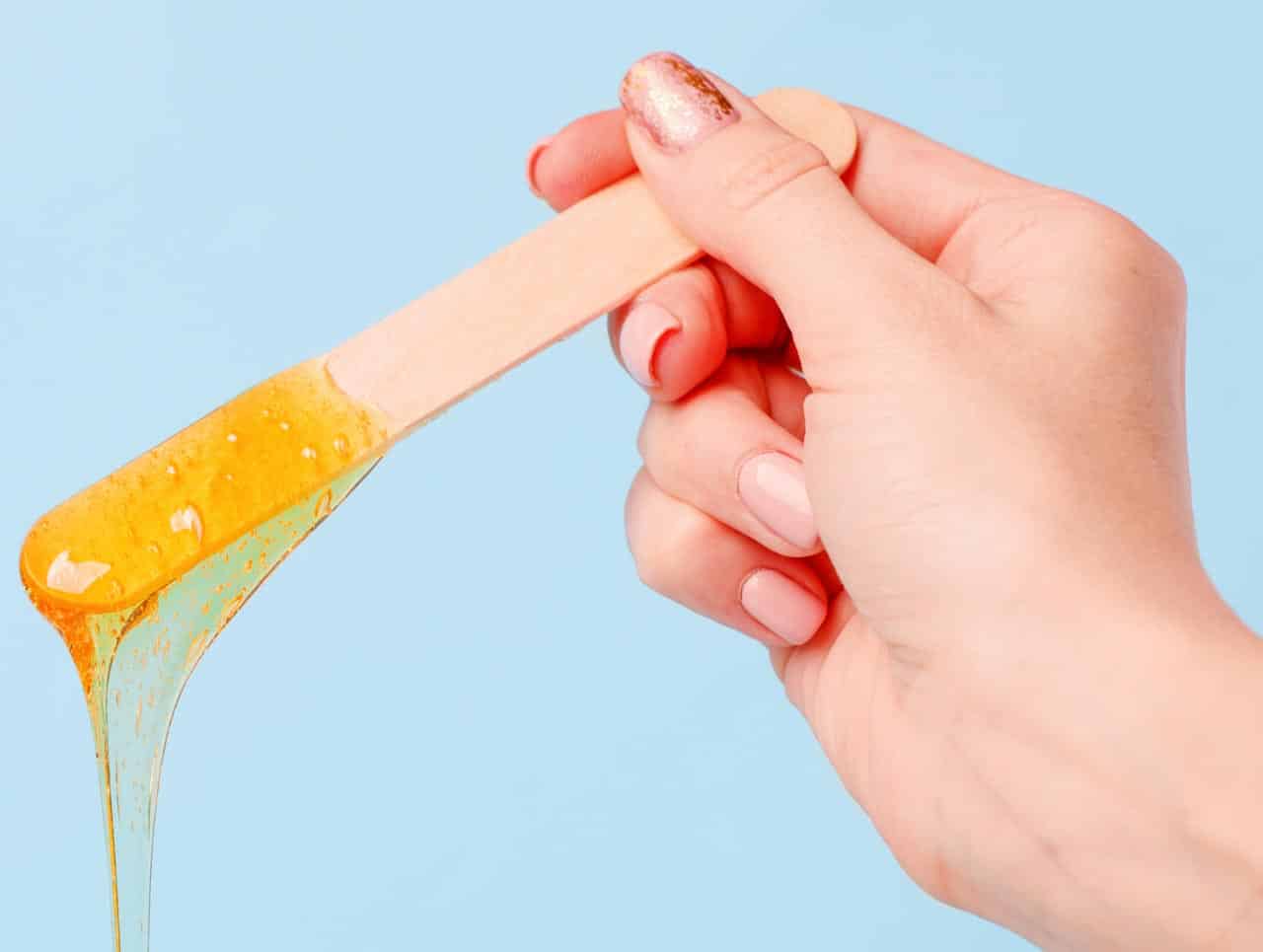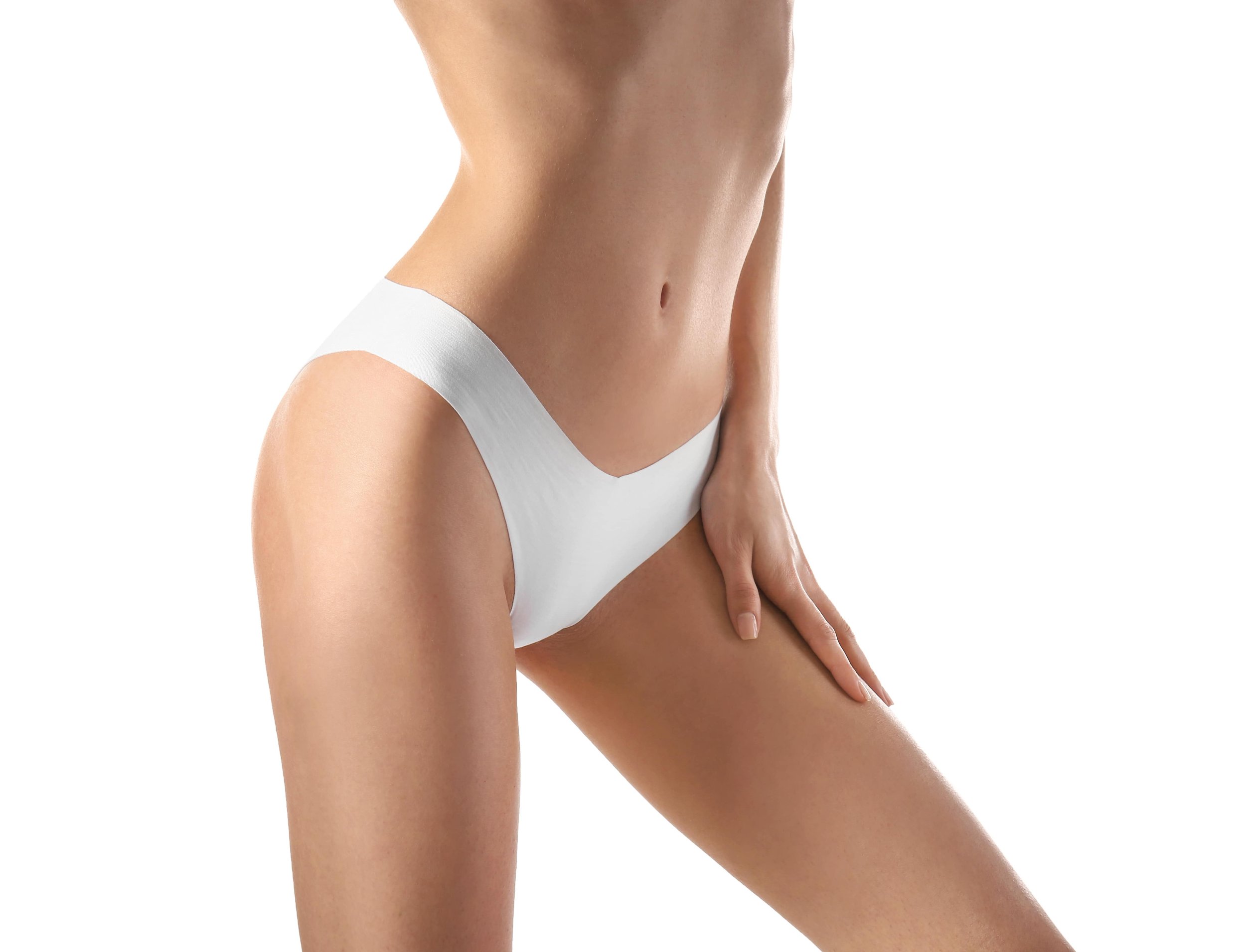Home>Women's Underwear>Bikinis>How Painful Is A Bikini Wax


Bikinis
How Painful Is A Bikini Wax
Modified: August 5, 2023
Discover how painful a bikini wax can be and learn tips to minimize discomfort. Get ready for summer with our bikini waxing guide.
(Many of the links in this article redirect to a specific reviewed product. Your purchase of these products through affiliate links helps to generate commission for Under-tec.com, at no extra cost. Learn more)
Table of Contents
Introduction
Every summer, many people look forward to hitting the beach, soaking up the sun, and enjoying the warm weather. And when it comes to beachwear, bikinis are a popular choice for both men and women. But before you slip into that new bikini, you may want to consider a bikini wax to achieve a smooth and hair-free look.
But what exactly is a bikini wax? Well, it’s a cosmetic procedure that involves removing unwanted hair from the bikini area using hot wax. It’s a common practice to achieve a cleaner, more polished look for those who prefer not to have visible hair along the bikini line.
While the idea of a bikini wax may seem daunting, many people find that the benefits outweigh the temporary discomfort. Whether you’re a first-timer or a seasoned waxing enthusiast, this article will guide you through the process, help you understand the pain factor, and provide tips for minimizing discomfort.
So, if you’re considering a bikini wax or simply curious about the process, read on to learn more about what to expect and how to make the experience as pain-free as possible.
What is a Bikini Wax?
A bikini wax is a cosmetic procedure to remove unwanted hair from the bikini area using hot wax. It involves applying hot wax to the desired area, allowing it to harden, and then quickly pulling it off, removing the hair from the root. This process results in a smoother, hair-free bikini line that lasts longer than shaving.
There are different types of bikini waxes that you can opt for, depending on your preferences and comfort level:
- Standard Bikini Wax: This is the most basic type of bikini wax. It involves removing the hair along the bikini line, creating a clean and defined shape.
- French Bikini Wax: The French bikini wax involves removing more hair than the standard bikini wax. It removes the hair from the front and sides, leaving a thin strip of hair in the center.
- Brazilian Bikini Wax: The Brazilian bikini wax is the most thorough option. It removes all the hair from the front, back, and everything in-between, leaving you completely hair-free in the bikini area.
It’s important to communicate your desired outcome with the esthetician before the procedure, so they can tailor the waxing process to your preferences.
While a bikini wax can be done at home with the help of waxing kits, it’s generally recommended to seek professional help, especially if you’re new to waxing. Professionals have the experience and expertise to ensure a more comfortable and effective waxing process.
Now that you have a better understanding of what a bikini wax entails, let’s move on to the preparation process to ensure the best results.
Preparing for a Bikini Wax
Before heading to your appointment, it’s important to properly prepare yourself for a bikini wax. Taking a few simple steps beforehand can help ensure a smooth and effective waxing experience. Here are some tips to help you prepare:
- Length of Hair: For the wax to grip the hair effectively, it’s recommended to have hair that is at least 1/4 inch long. Avoid trimming or shaving the area for at least two weeks before your appointment.
- Exfoliate: Gently exfoliate the bikini area a day or two before your wax appointment. This helps remove dead skin cells and allows the wax to adhere better to the hair. Avoid exfoliating on the day of your appointment to avoid any potential skin irritation.
- Hygiene: Make sure to clean the bikini area thoroughly before your appointment. This helps ensure a more hygienic and comfortable experience for both you and the esthetician.
- Pain Relief: If you’re concerned about potential pain, you can take an over-the-counter pain reliever, such as ibuprofen, about 30 minutes before your appointment. This can help minimize discomfort during the waxing process.
- Avoid Sun Exposure: It’s recommended to avoid sun exposure, tanning beds, and self-tanning products on the bikini area for at least 24 hours before and after your waxing appointment. Waxing can make the skin more sensitive to sunlight and increase the risk of sunburn.
- Comfortable Clothing: Wear loose and comfortable clothing to your appointment. Tight clothing can cause irritation and discomfort after the waxing process.
By following these simple preparation tips, you can help ensure a smoother and more comfortable bikini waxing experience. Now let’s move on to the next section to learn about the actual waxing process and what to expect during your appointment.
The Waxing Process
Now that you’re prepared, let’s explore the waxing process itself. When you arrive for your appointment, the esthetician will guide you through the steps involved in achieving a smooth and hair-free bikini line:
- Cleansing: The esthetician will cleanse the bikini area to remove any dirt, oils, or lotions that may interfere with the adherence of the wax.
- Application of Wax: A thin layer of warm wax will be applied to the desired area in the direction of hair growth, using a wooden spatula or applicator. The wax is then left to cool and harden for a few seconds.
- Wax Removal: Once the wax has hardened, the esthetician will quickly pull it off in the opposite direction of hair growth. This motion removes the wax along with the unwanted hair from the root.
- Repeating the Process: The esthetician may need to repeat the process multiple times to ensure all the desired hair is removed. This is done until the entire bikini area is smooth and hair-free.
- Tweezing: After the waxing process, the esthetician may use tweezers to remove any stray hairs that were missed by the wax.
- Calming Products: To soothe and calm the skin after the waxing process, the esthetician may apply a calming lotion or gel to reduce any redness, inflammation, or irritation.
The duration of the waxing process varies depending on the amount of hair, the technique used, and the individual’s pain tolerance. On average, a bikini wax session can take anywhere from 15 to 30 minutes.
It’s important to communicate with the esthetician throughout the process. If you’re experiencing excessive pain or discomfort, let them know so they can adjust their technique or provide additional support.
Now that you have a better understanding of the waxing process, let’s delve into the pain factor and discuss strategies for minimizing discomfort during your bikini wax.
Understanding the Pain Factor
When it comes to bikini waxing, one of the main concerns for many individuals is the potential pain involved. It’s important to understand that everyone’s pain tolerance is different, and the level of discomfort experienced during a bikini wax can vary from person to person.
The pain factor during a bikini wax primarily stems from two factors:
- Sensitivity of the Skin: The bikini area is generally more sensitive compared to other parts of the body, which can contribute to increased discomfort during the waxing process.
- Ripping Out Hair from the Root: The process involves pulling hair out from the root, which can cause a brief moment of pain. However, as you continue to wax regularly, the hair becomes thinner and weaker, reducing the discomfort over time.
That being said, many individuals find that the pain is manageable and worth the results. And the good news is that there are several strategies you can employ to minimize discomfort during your bikini waxing experience.
One common approach is practicing deep breathing or other relaxation techniques during the waxing process. Taking slow, deep breaths can help promote relaxation and distract from any brief moments of pain. Some estheticians may also offer numbing creams or application of ice before waxing to help alleviate discomfort.
It’s important to communicate with your esthetician throughout the process. They can adjust their technique, provide guidance on breathing techniques, and take breaks if needed. Remember, their goal is to ensure your comfort and provide the best waxing experience possible.
Now that you have a better understanding of the pain factor involved, let’s move on to the next section, where we will share some useful tips to minimize discomfort during your bikini wax.
Tips for Minimizing Pain
While bikini waxing may come with some degree of discomfort, there are several helpful tips and techniques that can help minimize the pain and make the experience more tolerable. Here are some suggestions to consider:
- Take a Pain Reliever: Consider taking an over-the-counter pain reliever such as ibuprofen or acetaminophen about 30 minutes prior to your waxing appointment. This can help reduce any pain or inflammation during the process.
- Avoid Caffeine and Alcohol: Caffeine and alcohol can increase sensitivity, so it’s best to avoid consuming these substances before your appointment. Opt for water or herbal tea instead to stay hydrated and calm.
- Breathe and Relax: Practice deep breathing techniques throughout the waxing process. Take slow, deep breaths to relax your muscles and divert your attention from any momentary discomfort.
- Choose the Right Time of the Month: If you have a lower pain threshold, scheduling your bikini wax appointment a week after your period can be beneficial. During that time, your pain tolerance tends to be higher.
- Communicate with Your Esthetician: Let your esthetician know about any concerns or anxiety you may have before the waxing begins. They can guide you through the process, provide reassurance, and make adjustments as needed.
- Consider a Numbing Cream: If you find the pain to be particularly bothersome, you can ask your esthetician if they offer a numbing cream or gel that can be applied before waxing to minimize discomfort.
- Regular Maintenance: Keeping up with regular waxing sessions can help reduce pain over time. By waxing consistently, the hair becomes thinner and weaker, making the process less painful.
- Choose an Experienced Esthetician: Seek out a reputable salon or spa with experienced estheticians who are skilled in bikini waxing. Their expertise can make a significant difference in the level of comfort during the procedure.
By implementing these tips, you can greatly reduce the pain and discomfort associated with bikini waxing. Remember that everyone’s pain tolerance is different, and it may take a few waxing sessions to find what works best for you.
Now that you’re aware of these helpful tips, let’s move on to the next section, where we will discuss important aftercare practices to ensure optimal results and skin health after your bikini wax.
Aftercare for a Bikini Wax
Once you’ve completed your bikini wax, it’s important to follow proper aftercare practices to ensure optimal results and maintain the health of your skin. Here are some essential tips to keep in mind:
- Avoid Heat and Friction: For the first 24 to 48 hours after your wax, avoid excessive heat sources such as hot showers or baths, saunas, and sun exposure. Additionally, avoid activities that may cause friction in the waxed area, such as tight clothing or intense physical exercise.
- Soothe the Skin: Apply a soothing gel or lotion containing ingredients like aloe vera or chamomile to calm and hydrate the skin. This can help reduce redness, inflammation, and any potential discomfort.
- Avoid Exfoliation: Refrain from exfoliating the waxed area for at least 48 hours to prevent irritation and sensitivity. After that, you can gently exfoliate the area to prevent ingrown hairs, but make sure to use a gentle exfoliant.
- Avoid Shaving: To maintain the results of your bikini wax, avoid shaving the area between waxing sessions. Shaving can stimulate hair growth and cause the hair to become thicker and coarser.
- Moisturize Regularly: Keep the waxed area moisturized to prevent dryness and help the regrowth hair remain soft. Use a hydrating lotion or oil daily to maintain the health and smoothness of the skin.
- Protect the Skin: Apply sunscreen with a high SPF to the waxed area if you plan to spend time in the sun. The skin may be more sensitive after waxing, and protecting it from harmful UV rays is essential for its overall health.
- Avoid Self-Waxing: While DIY waxing kits are available, it’s best to leave bikini waxing to the professionals. Attempting to wax yourself can lead to improper technique, increased pain, and potential skin damage.
- Maintain Regular Waxing Sessions: To sustain the smooth and hair-free bikini line, schedule regular waxing sessions every four to six weeks. This will help ensure that the hair grows back finer, making each subsequent waxing session less painful.
Following these aftercare tips can help prolong the results of your bikini wax and promote healthy, glowing skin. If you have any concerns or experience any unusual reactions, it’s important to reach out to your esthetician for guidance.
Now that you’re equipped with the knowledge of proper aftercare, let’s explore alternative hair removal methods that you can consider if bikini waxing isn’t your preferred choice.
Alternative Hair Removal Methods
Bikini waxing may not be suitable for everyone, and that’s okay. There are various alternative hair removal methods available that can help you achieve a smooth bikini line. Here are some options to consider:
- Shaving: Shaving is perhaps the most common and convenient method of hair removal. It’s quick, easy, and can be done in the comfort of your own home. However, the results are temporary, and you may experience quicker regrowth compared to waxing.
- Depilatory Creams: Depilatory creams contain chemicals that break down the hair, allowing you to wipe it away. These creams are easy to use, but they may cause skin irritation for those with sensitive skin. It’s crucial to follow the instructions and do a patch test before applying the cream to a larger area.
- Epilation: Epilators are electrical devices that remove hair from the root, similar to waxing. They work by plucking multiple hairs at once. While epilation can be uncomfortable, especially in sensitive areas, it offers longer-lasting results compared to shaving.
- Laser Hair Removal: Laser hair removal is a more permanent option for hair reduction. It uses laser technology to target and destroy hair follicles, significantly reducing hair growth over time. Laser hair removal requires multiple sessions and should be done by a trained professional.
- Sugaring: Sugaring is similar to waxing but uses a natural paste made from sugar, water, and lemon juice. The paste is applied to the skin and then removed, taking the hair with it. Sugaring is generally considered less painful than waxing, and the ingredients are more skin-friendly.
- Threading: Threading is a method where a thin thread is twisted and rolled over the skin to remove unwanted hair. This technique is commonly used for eyebrows and facial hair but can also be done on the bikini area. Threading offers precise hair removal but may be more time-consuming compared to other methods.
When choosing an alternative hair removal method, it’s important to consider factors such as your hair growth rate, pain tolerance, skin sensitivity, and desired longevity of results. You may even decide to try a combination of methods to find the one that works best for you.
Remember to follow the instructions carefully and take proper precautions to ensure a safe and effective hair removal experience.
Now that we’ve explored alternative hair removal methods, let’s wrap up this comprehensive guide to bikini waxing.
Conclusion
Whether you choose to embrace a smooth and hair-free bikini line through waxing or opt for an alternative hair removal method, the decision ultimately comes down to personal preference. Bikini waxing is a popular choice for many individuals due to its long-lasting results and the smooth, clean look it provides. While it may involve some discomfort, following the tips and techniques shared in this guide can help minimize pain and make the process more tolerable.
It’s important to properly prepare for a bikini wax, communicate with your esthetician, and practice proper aftercare to ensure the best results and promote the health of your skin. However, if bikini waxing isn’t your preferred method, there are several alternative options available, each with its own pros and cons.
Ultimately, the key is to find an approach that suits your lifestyle and meets your hair removal goals. Whether you decide to stick with bikini waxing, explore other hair removal methods, or embrace natural hair growth, the choice is yours.
Remember, beauty is a personal journey, and there’s no right or wrong answer. What matters most is feeling confident and comfortable in your own skin, regardless of the choice you make for hair removal in the bikini area.
So go ahead, confidently rock that bikini and enjoy your time under the sun! And if you decide to try bikini waxing, armed with the knowledge and tips in this guide, you’ll be well-prepared for a smooth and successful experience.
